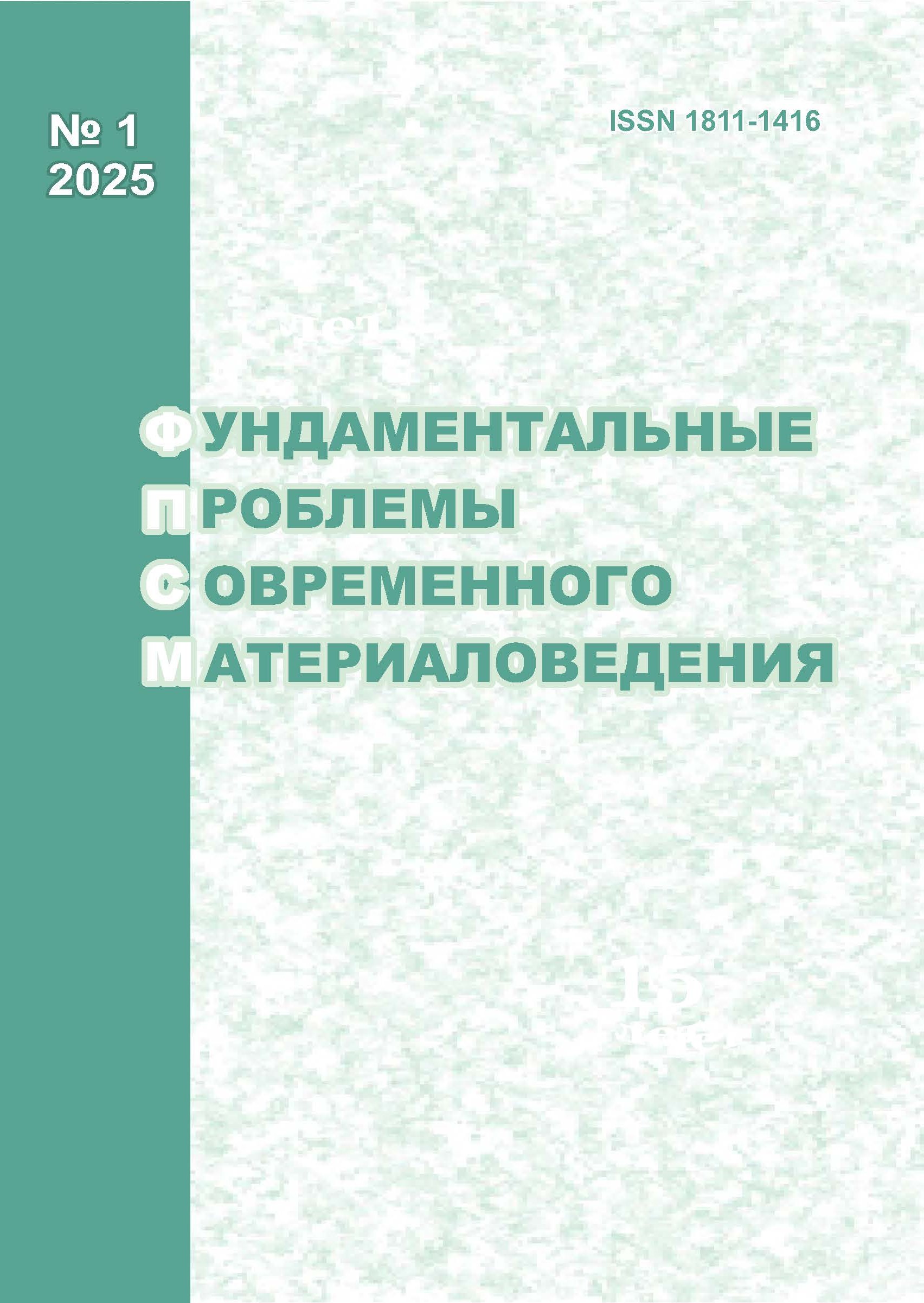LAYER-BY-LAYER TOOL INDENTATION OF AA7075 ALLOY PRODUCED BY ADDITIVE TECHNOLOGY METHOD
10.25712/ASTU.1811-1416.2025.01.006
Keywords:
nanohardness, Young's modulus, aluminum alloy, microstructure, additive technologies, interlayer coolingAbstract
Aluminum alloys are widely used in various industries, including aviation, electronics, automotive and military industries. Nanohardness and Young's modulus of aluminum alloys play a significant role in their study and optimization, since the measurement results provide more accurate information on the mechanical properties of materials at the nanolevel, which is especially important when developing new parts and improving the characteris-tics of existing alloys. Studying the nanohardness of aluminum alloy 7075 allows us to study the effect of various additives and alloying components on their mechanical properties. The data obtained are used to optimize the modes of obtaining alloys, by additive manufacturing and the formation of new materials with improved properties.
The use of instrumental indentation methods made it possible to establish the presence of phases in the upper region that affect the nanohardness of the part. The formation of secondary phases with poor solubility in the metal matrix is due to a higher temperature gradient due to interlayer cooling. Secondary phases hinder the movement of grain boundaries, which contributes to an increase in nanohardness and elastic modulus to 2.3±3.27 GPa and 100.1±0.6 GPa, respectively. SEM methods have shown that in layers near the substrate, where the cooling rate of the part becomes lower with increasing height of the deposited sample, the average grain size is from 10 to 15 μm, and in areas with a higher temperature gradient, due to interlayer cooling, the grain size decreases to 5-10 μm











 Journal «Fundamental’nye problemy sovremennogo materialovedenia / Basic Problems of Material Science»
Journal «Fundamental’nye problemy sovremennogo materialovedenia / Basic Problems of Material Science» This work is licensed under a
This work is licensed under a 
